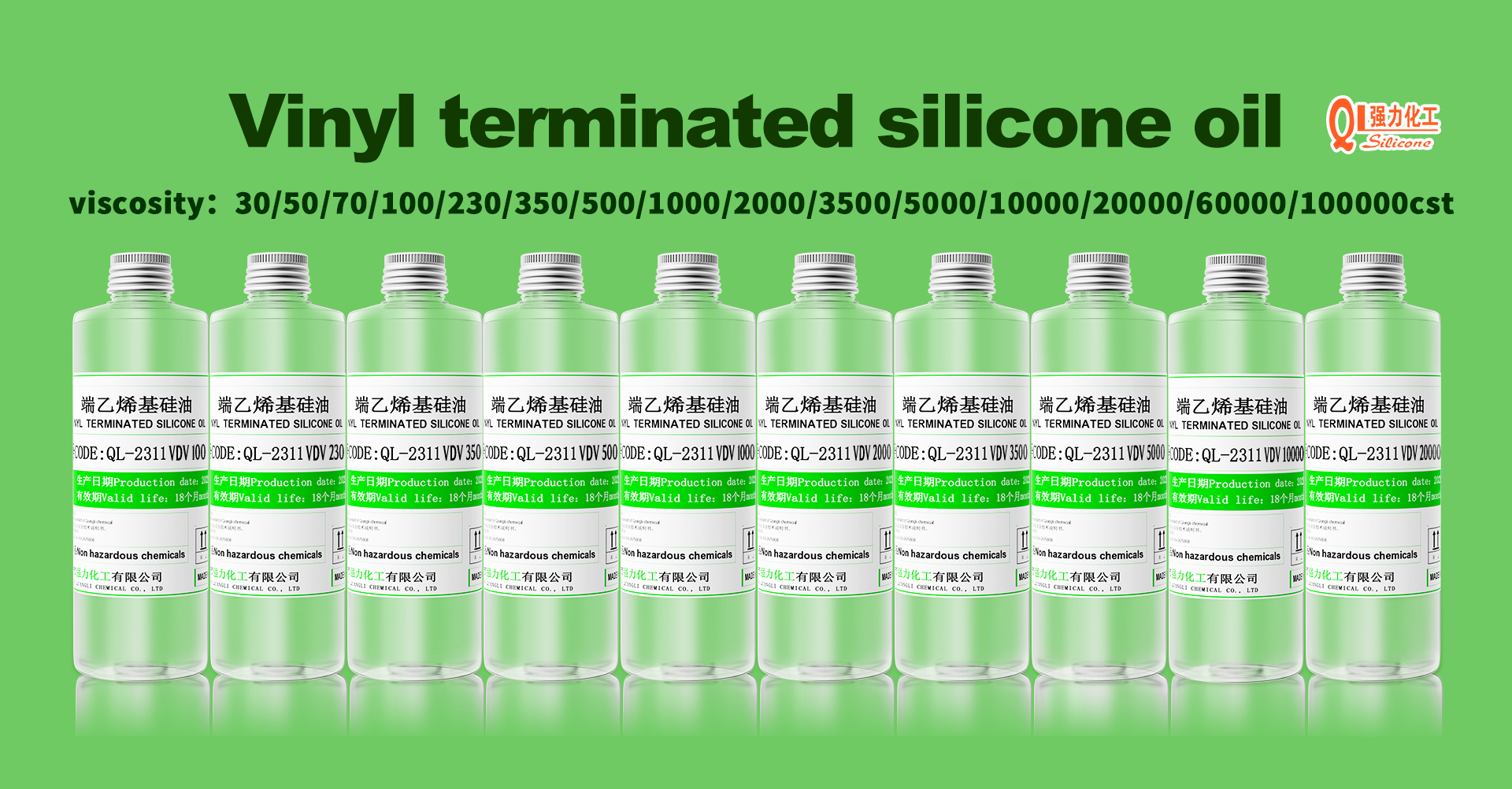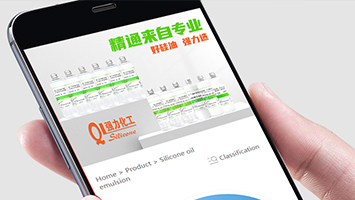
Vacuum bag silicone mold technology is an efficient and flexible mold manufacturing and parts molding process in automobile manufacturing. It mainly uses the flexibility of silicone materials and the pressure uniformity of the vacuum environment to achieve high-precision mold making and complex parts molding. The following is a detailed analysis of its core applications, advantages and technical points:
1. Technical principles and core materials
Principle
Vacuum bag mold remaking: By wrapping a vacuum bag outside the silicone mold, vacuuming to form a negative pressure environment, removing bubbles in the mold and applying pressure evenly, ensuring that the replica surface is smooth and the details are accurate.
Silicone properties: Adopting addition-type or condensation-type room temperature vulcanized silicone rubber (RTV), it has high elasticity, aging resistance, high temperature resistance (some materials can reach more than 200°C) and low shrinkage (<0.1%), which is suitable for complex surface replication.
2. Main application scenarios in automobile manufacturing
1. Rapid prototyping and sample production
Interior parts development: Prototype mold production of complex curved parts such as instrument panels, center consoles, and door trims. Rapidly replicate design models through vacuum bag mold remaking for vehicle installation testing and ergonomic verification, shortening the development cycle (traditional metal molds take several weeks, silicone molds only take 2-3 days).
Exterior parts verification: Appearance samples of exterior parts such as bumpers, headlight covers, spoilers, etc., help engineers intuitively evaluate aerodynamic performance and aesthetic design, and reduce mold opening costs.
2. Small batch production and customized needs
Modification and aftermarket: For personalized modification parts (such as carbon fiber spoilers and customized interior parts), silicone molds can achieve low-cost production in small batches (50-100 pieces), avoiding the high investment of traditional injection molds.
Functional parts trial production: engine gaskets, sound insulation cotton molds, etc., using silicone oil resistance and temperature resistance to quickly verify the sealing and durability of functional parts.
3. Composite material molding auxiliary
Carbon fiber parts production: In RTM (resin transfer molding) or hand lay-up process, vacuum bag mold silicone mold is used as a female mold or male mold, and vacuum bag pressure is applied to ensure that the carbon fiber prepreg is tightly fitted, reduce delamination defects, and improve the strength of the product (such as body frame, chassis parts).
Lightweight parts: used for SMC (sheet molding compound) and BMC (bulk molding compound) molding, and assist in pressing lightweight automotive parts (such as engine compartment brackets and battery box shells).
4. Mold transition and bridging
Before the formal metal mold (such as injection mold, die-casting mold) goes into production, the transition parts are produced through silicone molds for tooling fixture debugging and production line trial operation to reduce the cost of trial and error.
3. Technical advantages
High precision and detail replication
The high flexibility of silicone can capture fine textures of 0.05mm level (such as leather stitching, LOGO logo), meeting the stringent requirements of automotive interior for surface texture.
Quick response and low cost
The mold production cycle is short (24-48 hours), and the material cost is only 1/10~1/5 of that of metal molds, which is especially suitable for the development stage of multiple versions iteration.
Adaptability to complex structures
Structures that are difficult to process with traditional molds such as undercuts and deep cavities can be realized without splitting the mold and simplifying the process (such as one-piece mold for automotive seat frame).
Environmental protection and safety
Silicone materials are non-toxic, meet the VOC (volatile organic compound) emission requirements of the automotive industry, and are suitable for the production of interior contact parts.
IV. Key technical points and limitations
Material selection
Addition silicone: high precision (low shrinkage), suitable for transparent parts or precision structures, such as headlight lens molds.
Condensation silicone: low cost, suitable for large-size molds (such as bumpers), but attention should be paid to the release of ethanol during the curing process, which may affect the compatibility of some resins.
Vacuum process control
The vacuum degree needs to be maintained above -0.09MPa to avoid residual bubbles; the vacuum time is adjusted according to the mold size (usually 10-30 minutes) to ensure uniform filling of silicone.
Durability limitation
The life of silicone molds is about 50-100 times, which is not suitable for large-scale mass production and needs to be complemented with metal molds (validated with silicone molds in the early stage, and switched to steel molds for mass production).
Temperature adaptability
Conventional silicone has a temperature resistance of ≤150℃. High-temperature molding (such as carbon fiber curing above 200℃) requires the use of high-temperature resistant silicone (such as modified silicone with ceramic fillers).
V. Typical cases and industry value
Case of a new energy vehicle company: In the development of electric vehicles, the battery pack seal mold was made by vacuum bag mold silicone technology, which shortened the sample delivery cycle from 4 weeks to 3 days, reduced the mold cost by 60%, and accelerated the waterproof test progress of the battery system.
Customization of luxury car interiors: A German car company uses silicone molds to produce wood grain panels for limited edition models, and replicates the natural wood texture through vacuum bag technology to achieve a balance between high-end texture and small batch production.
VI. Future trends
With the growing demand for composite materials for lightweight and electrified vehicles, vacuum bag mold silicone technology will be deeply integrated with 3D printing (such as rapid manufacturing of mold master molds) and digital scanning (reverse engineering), further improving the flexibility of automobile manufacturing, especially in the personalized customization and rapid iteration market segments with great potential.
Vacuum bag mold silicone technology has become an important tool for automobile R&D and small batch production with its "fast, accurate and low-cost" characteristics, effectively bridging design verification and large-scale manufacturing, and promoting the industry's transformation to agile development and green manufacturing.




